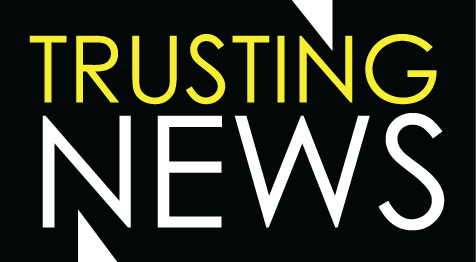Brand mission and story
Grand News Source guiding principles
Capitol Times People’s Agendas
Milwaukee Journal Sentinel uses Instagram to explain shooting coverage
Tennessean fact-checks local TV station
CPR’s guide for covering 2020 elections
News Tribune note about election coverage
Colorado Sun explains approach to 2020 election coverage
WCPO explains coverage decisions
Rivard Report About Us page
KBOO about page
Crosscut transparent about trust, diversity efforts
Trust Tip 74: Explain why a story is being done and encourage audience participation
Coloradoan explains bias toward facts
Trust Tip 73: Learn how people perceive your election reporting
Florida Today explains validity of SpaceX photo
WCPO shares station’s commitment to community
PolitiFact explains fact-checking process
Philadelphia inquirer owns up to headline mistake
Guardian explains mission, asks for support
WJXT4 explains reporting process, mission
ProPublica transparency around fair news
Herald and Review newsroom handout
Vox support plea for explanatory journalism
WCPO explains how their COVID-19 coverage different from competitors
Pinckneyville Press asks community for support
WTXL shuts down mugshots page
Globe and Mail shares Editorial Code of Conduct
Buzzfeed shares mission with coronavirus coverage
Trust Tip 61: Do these four things right now to show you are trustworthy
Arizona Daily Star explains how COVID-19 coverage affects bottom line
Coloradoan explains missions, goals with COVID-19 coverage
Guardian adds editor’s note about how newsroom covering coronavirus
Columbia Dispatch shares mission surrounding coronavirus coverage
Coloradoan shares mission during Coronavirus outbreak
KPCC/LAist publishes reporter mission statements
Caller Times labels opinion, watchdog content
Trust Tip 40: Explain where opinion content comes from
Trust Tip 38: Invest in getting buy-in from your newsroom
Trust Tip 35: Make your contact information truly accessible
Trust Tip 34: Explain your role as a watchdog
Trust Tip 23: Create an Ethics Landing Page
Today’s trust tip: Make it clear that you report on solutions, not just problems
Trust Tip 9: Talk about your ownership
Updating an About Section
Reminding Your Audience You Want Their Help
Encouraging Civic Responsibility by Registering People to Vote
Sharing Mission and Explaining Journalism with Tweets
Sharing Your News Mission
Do you Trust Us?
Explaining Crime Coverage Decisions
Using Historic Photos to Show History in Community
Adding Context to a Story Using Twitter
Relating to Users Through Facebook
Speaking Out Against “Fake News”
Highlighting Award-Winning Journalism Using Facebook
Explaining Coverage on Divisive Issues Jefferson City
Highlighting Award-Winning Journalism Using Twitter
Using Crowdsourcing and Facebook to Connect the Community
Using Facebook to Answer Questions About News Process
Explaining Ownership Structure Using Facebook
Using Twitter to Share How You Work to Earn User Trust
Discussing Your Core Beliefs
Sharing Your Approach to Trust
Talking ownership and ethics at KCRG
Sharing your Commitment to Following Stories
Being Honest About Holes in News Coverage
Sharing personal stories at The Christian Science Monitor
Ask Your Users if They Trust you
Explaining a Paywall by Encouraging User Comments & Questions
Involving the Community in Enforcing Community Rules
Show You’re Part of the Community: We are Fort Worth
Explaining Journalism and Your News Values Through Facebook Live
Inviting Veterans into the Newsroom
Fresno bee advocate
What do you stand for? Can you boil it down? And do you share it with your community (in ways other than hoping they’ll find it on your website)?
Fresno watchdog story
Remind your community about your mission and purpose. Tell them you work on behalf of the public. Use specific language and strong words, like watchdog and investigation, rather than hoping those concepts are clear.
Freso listeria
Enid overdue bills scam
Enid heartland
Newsy Trump coverage
Look for chances to tie individual coverage to your organization’s mission. In this case, Newsy didn’t just share a fact check. They used the words “fact check” to make sure the point came across, and they reinforced their core principles.

